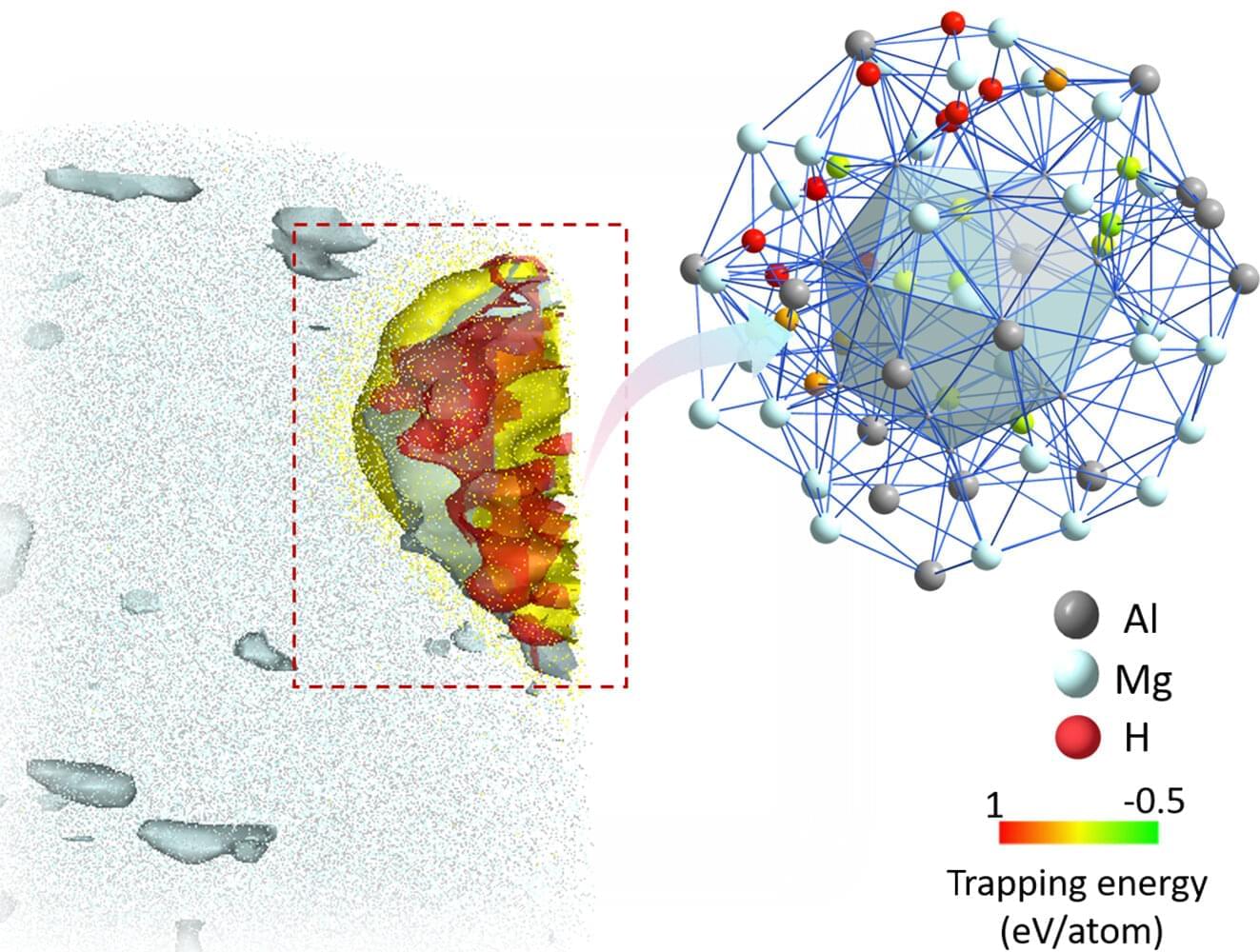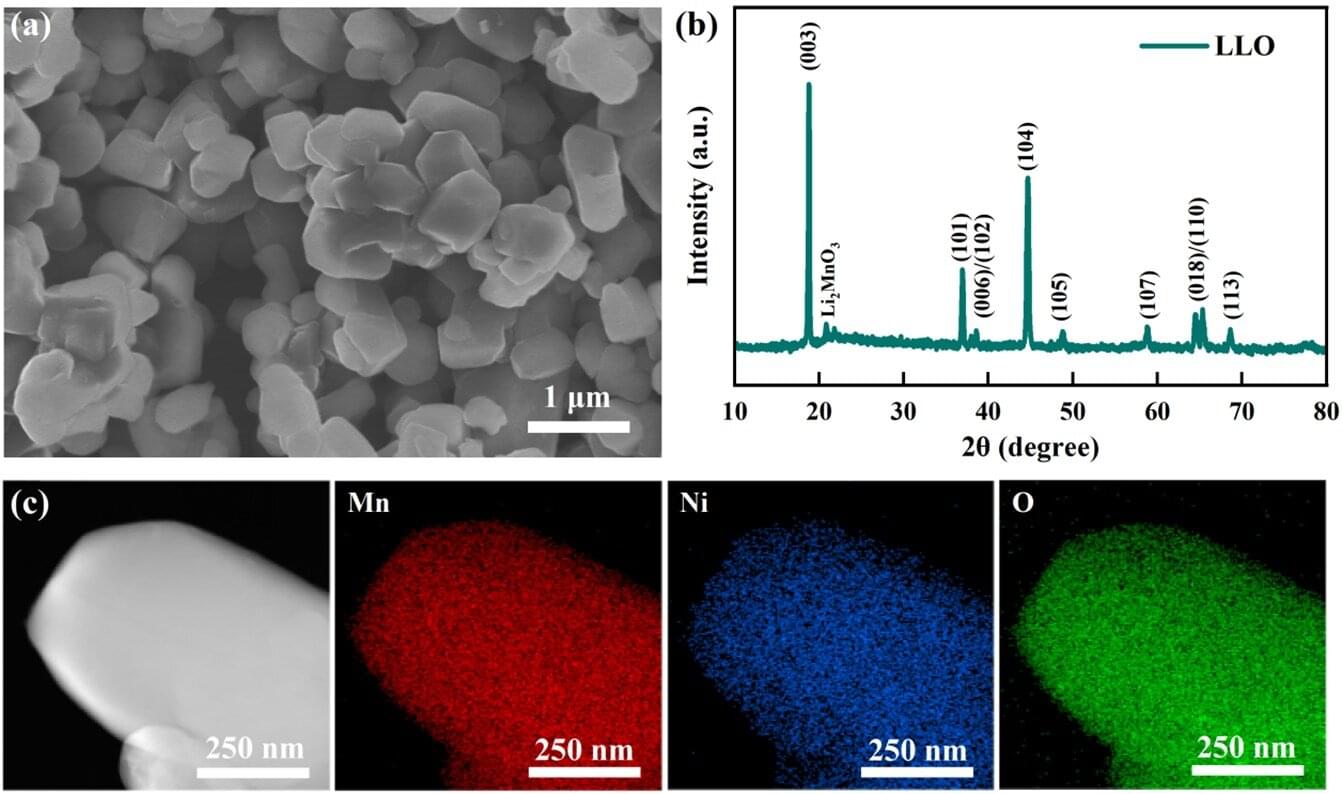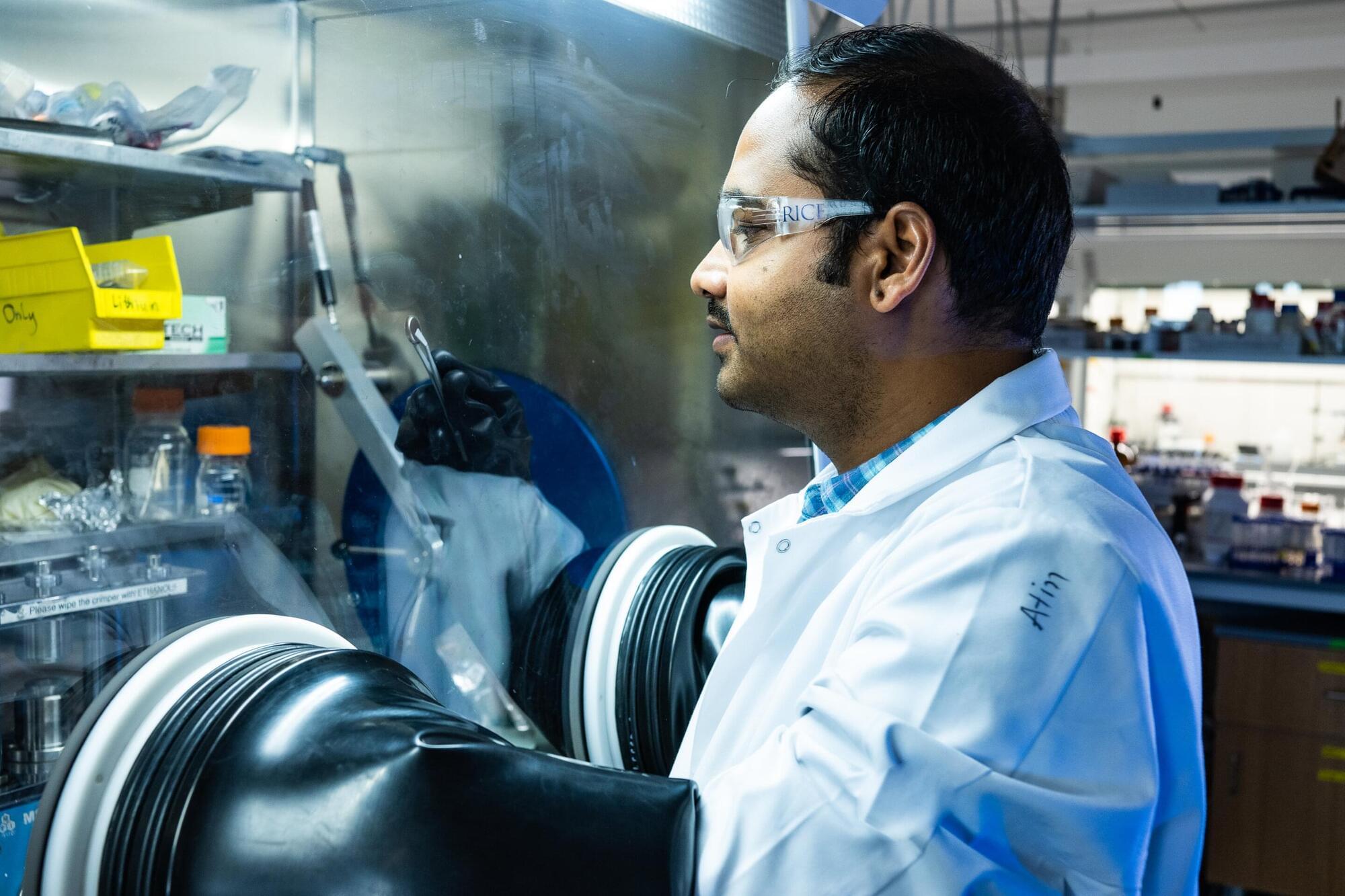A new study published in Nature Communications shows, for the first time, how heat moves—or rather, doesn’t—between materials in a high-energy-density plasma state.
The work is expected to provide a better understanding of inertial confinement fusion experiments, which aim to reliably achieve fusion ignition on Earth using lasers. How heat flows between a hot plasma and a material’s surface is also important in other technologies, including semiconductor etching and vehicles that fly at hypersonic speeds.
High-energy-density plasmas are produced only at extreme pressures and temperatures. The study shows that interfacial thermal resistance, a phenomenon known to impede heat transfer in less extreme conditions, also prevents heat flow between different materials in a dense, super–hot plasma state.





